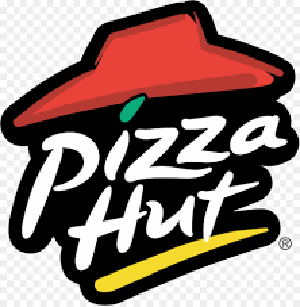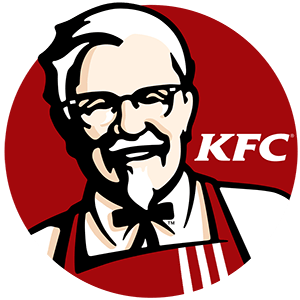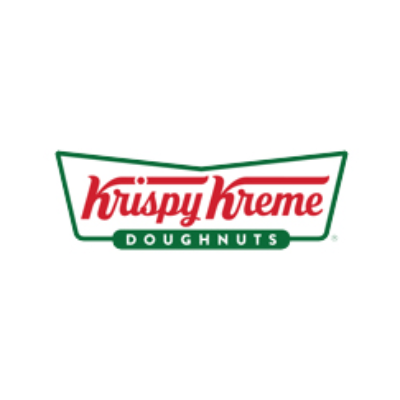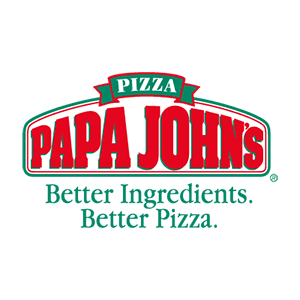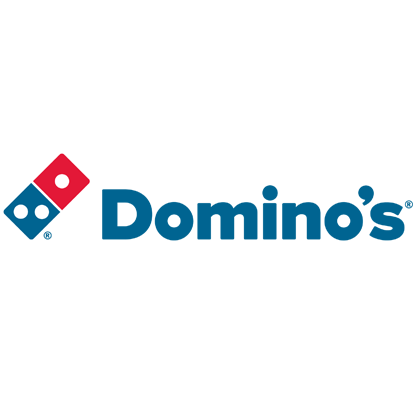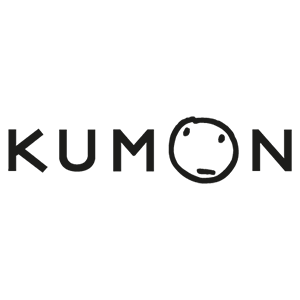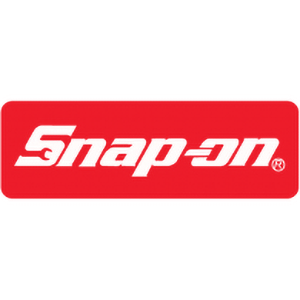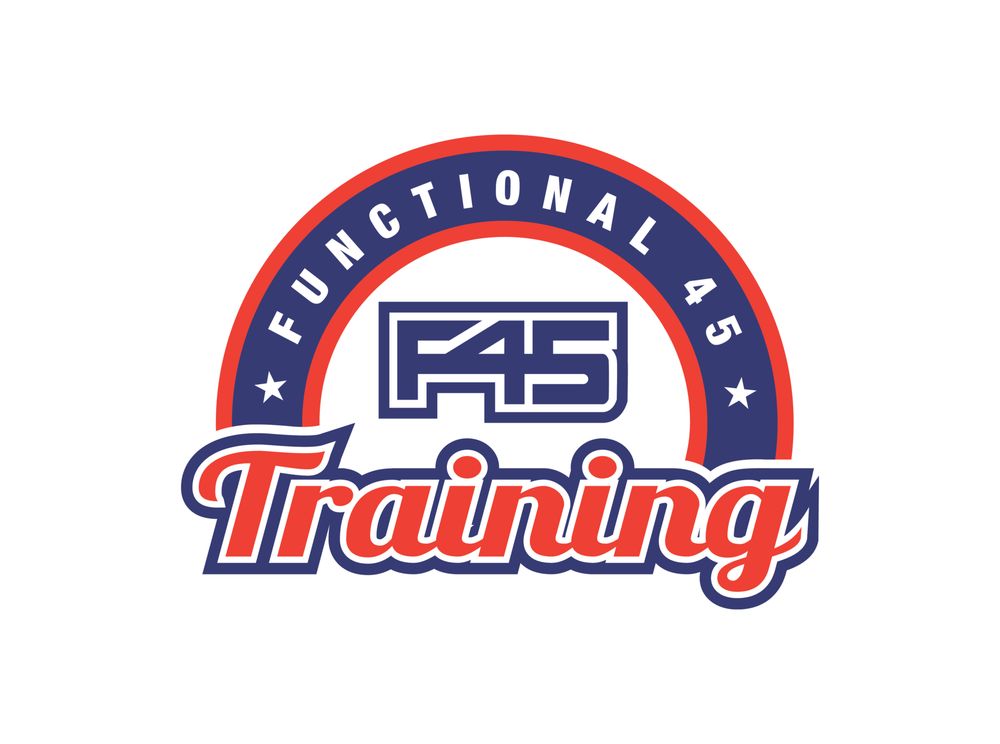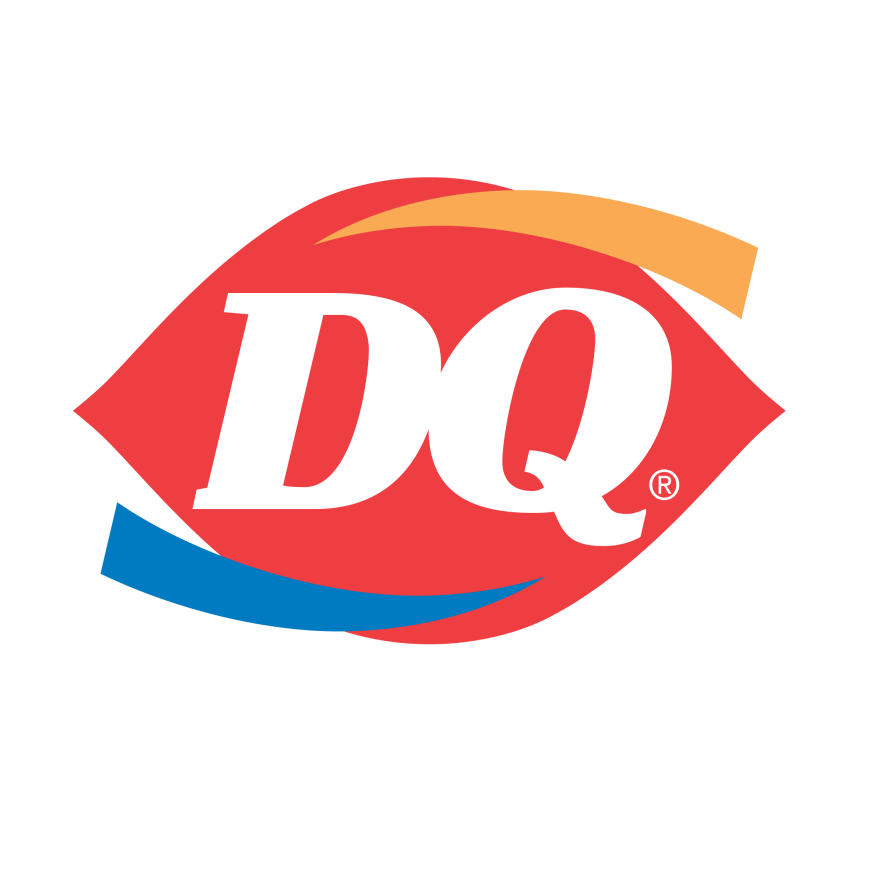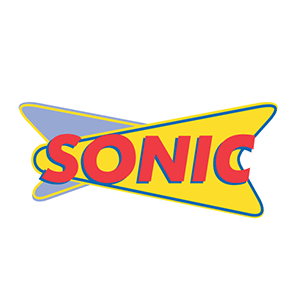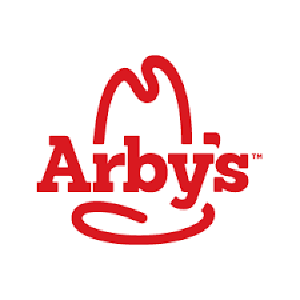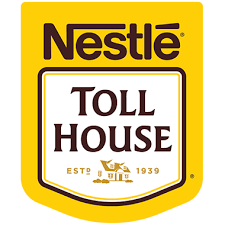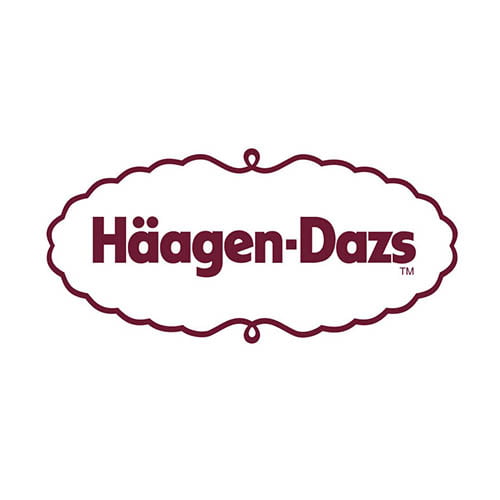Franchise 500: Which Franchises in the Top 50 Don’t Deserve the Ranking?
What is the Entrepreneur’s Franchise 500? Which franchises deserve to be in the ranking and which ones doesn’t? Find out here
Table of Contents:
Entrepreneur’s Franchise 500 list has been the gold standard for franchises marketing to franchisees for 30+ years.
Franchises that Don’t Deserve to Be in the Ranking
We’ve reviewed the top 50 brands on the recently released Franchise 500 2024 list to see which ones are NOT deserving of the accolades. Next, we’ll be presenting the ones who do not deserve to be in the comprehensive franchise ranking made by Entrepreneur Magazine’s Franchise 500, a cornerstone in the franchise industry.
1. Taco Bell
In 1962, Glen Bell opened the first Taco Bell store in Downey, California, after selling his former taco store to his partners. Impressed by the success of tacos as a menu item, he decided to create a new business model featuring a broader range of Mexican and Tex-Mex foods, such as tacos, burritos, and nachos, which are still used in all Taco Bell stores today.
Two years after opening his first Taco Bell store, Glen Bell began franchising the brand, starting with Kermit Becky, a retired L.A. policeman who opened his own Taco Bell location in Torrance, California. Today, Taco Bell is a subsidiary of Yum! Brands, an American fast-food corporation that also owns Pizza Hut and KFC. Yum! Brands has over 6,800 franchised stores in the U.S. and another 500 internationally, showcasing a global network. The company is currently headquartered in Irvine, California, and led by CEO Mark King, who previously held executive positions at Adidas and TaylorMade.
The estimated total investment necessary to begin the operation of a Regular Taco Bell Franchise ranges from $1,298,600 – $3,370,100. The same cost for an Express Franchise is $227,500 – $590,100. The following costs are part of the upfront costs included in the initial investment for a Taco Bell. Based on the estimated sales provided by Taco Bell’s data, at an average of a 15% profit margin, it will take around 12 years to recoup your investment. This is longer than other franchise opportunities. You may not get a 15% profit margin, which would elongate getting a return on your investment.

When you go to sell a Taco Bell franchise based on the median multiple of .34 and AUV in 2021 of $1,617,884, it would sell for $550,080. This is significantly lower than the midpoint investment of $2,334,350.
Even as an owner of multiple Taco Bell franchises, you cannot make a profit. Owners in the Food and Beverage industry with over $5 million in sales have a median multiple of .59. So, if you had 10 Taco Bell franchises this would be $16,178,840 in sales. That would sell for $9,545,515. This would be lower than your estimated initial investment of $23,343,500.
Although they are one of the oldest franchisors, their revenue is surprisingly small compared to other major brands. For example, in our most recent analyses, we discovered that the total sales revenue for Krispy Kreme was over $1.38 billion in revenue. While for Starbucks, their revenue was over $29 billion.
What about other fast-food franchise concepts in the U.S.? In 2021, McDonald’s made over $8 billion in revenue, while Papa John’s made over $112 million in revenue. Another successful company in the industry, Domino’s Pizza, made over $205 million in revenue in 2021.
Despite these low numbers, it is impressive that the Taco Bell franchise remains a profitable business. Although they have revealed limited financial information, from what has been released, Taco Bell has remarkably low costs and expenses. However, this does NOT necessarily mean that the financial success of Taco Bell is true for individual franchises. Because Taco Bell does not allow financial representations to be made regarding the performances of individual franchises, it cannot be known for sure how well franchisees will do with an investment in a Taco Bell establishment.
Although Taco Bell may have a relatively high net income, much of its income is not liquid, as shown in its cash flow statement. The $467 million that Taco Bell ended up with as net income amounts to about $34 million in cash.
2. Kumon
The Kumon franchise opportunity allows you to run an after-school center that provides math and reading programs using the Kumon Method of learning (“Kumon Center”). Children are allowed to attend Kumon Centers twice each week throughout the year for approximately 20 to 30 minutes per subject and complete daily assignments at home on non-Center days.
In 1954, Toru Kumon developed the Kumon Method in Japan. Mr. Kumon was a Japanese high school math teacher who created a supplemental math program for his son, who was getting marks at or near 100% in second-grade math. As a result of Mr. Kumon’s method, his son reached calculus by the sixth grade. Over the ensuing decades, this became an international business. Mr. Tanabe was appointed President and CEO of Kumon North America on its Board of Directors in October 2013. In 2022, he also became CEO of Kumon South America.
Based on conversations with Kumon franchisees, we estimate that additional funds are almost double that listed at $27,000 – $36,000. This drives the initial cost estimate to $80,928 – $163,640, which is a higher cost.
Actual start-up costs can even be in the $200,000 – $300,000 range depending on the build-out and when you finally break even.
The royalty fee ends up being around $34 – $38 with nearly all subjects having a fee of $38. This, at the end of the day, amounts to a royalty fee of 30% of gross revenues if the current average tuition of about $130-140 per subject per month is being charged. This fee is prohibitively high and one of the highest we have seen in franchising.

Note: Some franchisees charge over $200 per month and thus bring their effective royalty down to a somewhat more reasonable figure. However, franchisees’ effective royalties are rarely under 25% of gross.
Kumon Centers during 2020 saw a revenue decrease of 27% and we can assume that this sharp decrease was due to the spread of COVID-19 and the fact that many indoor facilities such as education centers were unable to open and operate as normal. The move to online education will be a trend that will need to be analyzed further as to how it will affect Kumon Centers.
Kumon’s business model in 2022 is still based on the idea from the 1950s that Japanese housewives in the post-war years were happy just to work and produce value even if they were not getting much in return. However, in the U.S., Kumon centers are exclusively run in retail locations with rents at least in the $3,000 – $5,000 range but which in at least one case is as high as $15,000.
Owners normally need to give six months of notice before they leave the system (except in the months before the royalty is increased, when the notice is only 60 days).
3. KFC
Kentucky Fried Chicken, commonly known as KFC, is a fast-food restaurant chain that specializes in fried chicken. The company was founded by Harland Sanders, who began selling fried chicken from his roadside restaurant in Corbin, Kentucky during the Great Depression. Sanders eventually franchised his concept, and the first KFC franchise opened in Salt Lake City, Utah in 1952. Today, KFC has over 20,000 stores in 145 countries and is known for its “finger-lickin’ good” chicken, as well as its secret blend of 11 herbs and spices that are used in the coating of its chicken.
In 2021, KFC had an operating profit of 33% worldwide compared to 2020, while it reduced General & Administrative (G&A) expenses by 9% system-wide. This resulted in a profit margin of 58% for the franchisor in the entire KFC system that spans the globe.
If you’re interested in becoming a KFC franchisee, there are certain requirements that you’ll need to meet. Firstly, you’ll need a minimum net worth of $1.5 million and liquid assets worth over $750,000. However, KFC notes that these requirements may be higher based on the size of the transaction. Additionally, you’ll need to pay an initial development fee, which ranges from $135,000 – $540,000. This fee is paid upfront when opening a KFC franchise.
The total estimated investment necessary to begin the operation of a KFC franchise ranges from $1,440,600 – $3,163,550. This includes costs such as the initial development fee, as well as costs for real estate, equipment, inventory, training, and more. These costs are one-time fees that are needed to launch the franchise.

As a KFC franchisee, you’ll also be required to pay ongoing fees. These include a royalty fee of 4% to 5% of gross revenue or a minimum of $1,350 per month and a national co-op fee of 4.5% of gross revenue. The franchise agreement states that KFC LLC will not require you to pay more than 5% of gross revenue for advertising purposes.
It’s worth noting that owning a KFC franchise requires a significant investment, and it’s important to carefully consider the costs and potential returns before making a decision. Based on the median sales provided by KFC’s franchise locations, at an average of a 15% profit margin, it would take approximately 13.5 years to recoup the initial investment of $2,302,075. However, it’s important to keep in mind that the actual time to recoup the investment may vary depending on several factors, such as the location of the franchise, the level of competition in the area, and the franchisee’s level of business acumen.
Overall, KFC is a well-established and globally recognized brand with a strong reputation for serving delicious fried chicken. As a franchisee, you’ll have the opportunity to tap into the success of the KFC brand and operate your own business. However, it’s important to carefully consider the costs and potential returns before deciding to become a KFC franchisee.
4. 7-Eleven
7-Eleven (also known as 7-11) began its story in 1927 when Joe C. Thompson began selling milk, bread, and eggs across its stores. Until then, they were only selling ice blocks. With the growing success of the store’s innovation, Joe Thompson was eventually able to buy Southland Ice Company. It was then converted to Southland Corporation – a company focused on opening convenience stores across the state. By 1946, the new store model had increased dramatically across several locations.
When investing in a 7-Eleven franchise, the first factor to consider is the financial requirements that accompany this endeavor. The total investment amount required to open a 7-Eleven franchise ranges from $47,050 – $1,165,400. This includes the company’s franchise fee, which can range from $0 – $1,000,000. It depends on several factors, particularly the location the investor will be pursuing.
Once the store has been built and operations begin, the parent company receives a royalty fee from the franchisees. This varies according to the growth percentage of the store’s gross profit for that month. There is also an additional marketing fee of 1% in return for the franchisor’s marketing services.

Generally, 7-Eleven corporate will open up the franchise for you, then you buy the franchise from them after the business is making money. The purchase price depends on several factors, including, but not limited to, historical sales at the location, age of the location, the number of stores available for franchises in the area, and many other factors. Instead of a purchase price, 7-Eleven charges an initial Franchise Fee between $0 and $1,000,000. You have to pay this upfront fee when opening or buying a 7-Eleven franchise. This fee varies immensely by location. This fee includes training but not anything else like transportation, accommodation, etc.
7-Eleven is a strong business in the USA with a strong financial presence but they do not disclose franchise-specific financials anymore, so we recommend talking to at least 3 or 5 7-Eleven store owners in your area to figure out the financials. That is also recommended because the viability of a 7-Eleven also varies from area to area, and median figures might not paint an accurate picture of your location.
5. Snap-On
Snap-On Tools Company offers a license to operate a franchised mobile store selling high-quality repair and diagnostic tools and equipment. The company focuses on manufacturing and distributing tools and equipment to professional mechanics and other tool users around the United States. Snap-On was founded in 1920 in Wisconsin, and the company has evolved over the years through various names and entities to become Snap-On Incorporated. The CEO of the company is Timothy L. Chambers, who has been the CEO since 2009.
The tools company is continuously looking for passionate individuals who are looking to invest in new opportunities. To qualify for a Snap-On franchise, you must have a net worth of at least $37,000. On top of that, Snap-On prefers candidates who are multilingual and can work independently.

In the last three years, Snap-On has seen a decline in franchised-owned units. Company-owned units have also been in decline except in 2019, when the company opened 33 units in one year. This decline in outlets can be an indicator that franchisees are not doing very well and are not seeing a significant profit. Revenue went down in 2020 compared to 2019, but only by 4%, which is an accomplishment considering that the pandemic slammed many businesses in 2020. If you open a Snap-On franchise you can recoup your investment in 4 to 7 years depending on profitability, which is not awesome but still comparable to most franchises.
6. F45
The F45 franchise is a training studio that provides exercise training that involves alternating periods of short, intense anaerobic exercise. Adam Gilchrist has been a Director and CEO since the formation of the company. He is also a Director and the Co-CEO of each F45 Training Pty Ltd, F45 Training Canada Limited, F45 Training Asia Private Ltd., and Functional 45 Training Limited. Adam is based in Sydney, Australia.
The F45 Training system was launched in Australia in 2012 and currently has over 2,300 franchises in 63 countries. In the United States F45 began offering franchises in 2015 and now has 597 franchise units and 1 company-owned unit.
F45 does not make any representations about a franchisee’s future financial performance or the past financial performance of company-owned or franchised outlets. However, if you are purchasing an existing F45, the company may provide you with the actual records of that F45 franchise.
I would highly advise…to take a close look at where you’re thinking about putting one of these (F45 unit) and do drive-bys and drive the territories and drive to the nearest F45s to see how close they are because they’re everywhere around town, which is great…but if you’re looking for 150 to 200 member breakeven on your cash flow each month, it can be a challenge, especially with Covid
7. Pizza Hut
Pizza Hut franchise opened its first store in Wichita, Kansas in 1958. Its founders, brothers Dan and Frank Carney, borrowed $600 from their mother to finance their pizza dreams. Because their restaurant’s sign only had room for eight letters, the Carney brothers decided to name their concept “Pizza Hut,” a restaurant concept that created food they proudly served and delivered at a fast pace. Franchising began one year later. By 1971 Pizza Hut became the No. 1 pizza restaurant chain in the world in both sales and number of restaurants.
Today, Pizza Hut, a subsidiary of Yum! Brands, has over 6,000 franchised stores in the U.S. and another 11,000 in international markets. The Pizza Hut headquarters is located in Plano, Texas, and is run by its CEO Artie Starrs. Artie previously served as President and Chief Financial Officer of Pizza Hut U.S. Pizza Hut, the largest restaurant chain in the world specializing in the sale of ready-to-eat pizza, operates in delivery, carryout, and casual dining around the world.
Looking at the franchise’s internal performance, although limited data was made available on the financial status of the company’s franchisees, it was found that only 28 franchises ceased operations in 2021 – an insignificant value when contrasted with the total number of franchises under the Pizza Hut franchise system. Additionally, there were no company-owned restaurants closed in 2021.
Although there was an increasing number of stores closed in 2020 during the COVID-19 pandemic, Pizza Hut managed to offset the negative impacts into 2021. Moving forward, Pizza Hut is looking to establish new units, particularly in the Northeast region of the country, including states such as New York, Massachusetts, and New Hampshire.
In 2021, the decrease in company sales and company-owned stores was driven by the refranchising of stores in the United Kingdom, partially offset by company same-store sales growth of 7%. The increase in franchise and property revenues was driven by franchise same-store sales growth of 7%.
8. Dairy Queen
Dairy Queen is an American quick-service restaurant that is well-known for its frozen treats. Founded in 1940 in Minnesota, Dairy Queen has grown into an international brand, with over 7,150 stores around the world today. Its current CEO is Troy Bader. Dairy Queen franchises in the United States operate under America Dairy Queen (ADQ), which is a subsidiary of International Dairy Queen (IDQ). In turn, IDQ is a subsidiary of the multinational conglomerate Berkshire Hathaway, famously led by Warren Buffett.
The estimated initial investment for a Dairy Queen Grill and Chill franchise is from $1,461,200 to $2,426,990. Prospective franchisees must undergo a Dairy Queen training program before starting operations. The training program consists of 32 hours of classroom instruction and 245 hours of on-the-job training.
In the most recent year of data, 2021, the average Dairy Queen reported annual gross sales of $1,427,766. DQ Grill & Chill franchise for sale rate over the past 3 years is 14%. Over the last year we have data for, DQ Grill & Chill had a franchise-for-sale rate of 5%.
It does not make sense to invest in this franchise with an initial investment of over a million dollars, and you will be looking at a payback period of 10+ years. Other franchises in the Food and Beverage industry will pay you back much faster.
9. Sonic
Sonic franchises are distinctive drive-in restaurants focusing on a unique menu of quality, made-to-order food products, and innovative technology. The Sonic brand began in the early 1950s. Sonic has offered franchises since 1974. As of January 2021, over 3,500 Sonic restaurants were operating in 46 states in the United States. There are 3,251 restaurants owned and operated by franchisees and 271 were owned and operated by an affiliate of Sonic.
Paul J. Brown has been a Member of the Board of Managers since December 2018. He also has been Inspire Brands’ Chief Executive Officer in Atlanta, Georgia since its formation in February 2018. In addition, he has been the Chief Executive Officer of Arby’s Restaurant Group, Inc. (“ARG”), an Inspire Brands brand since 2013.
When you go to sell one Sonic franchise based on a net sales multiple of 0.34 and net sales averaging $1,361,175 in 2020, it would sell for $462,000. This is significantly lower than the average investment of $2,389,950. That being said, although land costs are NOT included in the initial investment, the building costs are. Most Sonic franchisees are making their return back from building the Sonic from the ground up and selling the building together with the land to a REIT (real estate investment trust).
If you owned multiple Sonic franchises, you would have the ability to make more of your money back. Franchise owners with over $5 million in sales have a median multiple of 0.86 So, if you had 10 franchises this would be $13.6 million in sales. And you could sell your chain of restaurants for about $11.7 million. This still represents a loss when just considering the business, and it is important to review the real estate costs/eventual sales as well.
10. Baskin-Robbins
Baskin-Robbins Franchising, located in Canton, Massachusetts, has been offering franchises since 2006. The ice cream industry is highly competitive! Competitors of Baskin Robbins include very well-known franchises in the ice cream industry like Ben & Jerry’s, Nestle, and Haagen-Dazs as well as other Baskin-Robbins ice cream shops nearby.
Based on a midpoint investment of $358,085 with estimated profits of $62,850 at a 15% profit margin, it would take about 8 years to recoup your investment. After a few years in the business, when you go to sell your franchise based on the median multiple of .44 and net sales average from $419,003, a Baskin-Robbins franchise would sell for about $184,361. This is 51% less than the midpoint initial investment of $358,085, which means you would most likely be selling at a loss.
The number of franchises has been in decay over the last three years, shrinking at a rate of over 50 outlets a year. This could be an indicator that the franchises are not performing well and that maybe they are not seeing a significant profit. It is important to note that the number of outlets has been in decline for the last three years, which could be an indicator that franchise owners might not be doing so well.
Are you interested in having your own franchise? Make sure to visit our Vetted Biz website and explore the wide range of franchise opportunities available! This invaluable resource will guide future franchisees and new franchisees through bold ideas, life-changing opportunities, and brand strength and financial stability. Discover strong and resilient brands, top franchises, and exceptional franchisee support, ensuring entrepreneurial success in the franchise companies landscape with solid financial strength.


